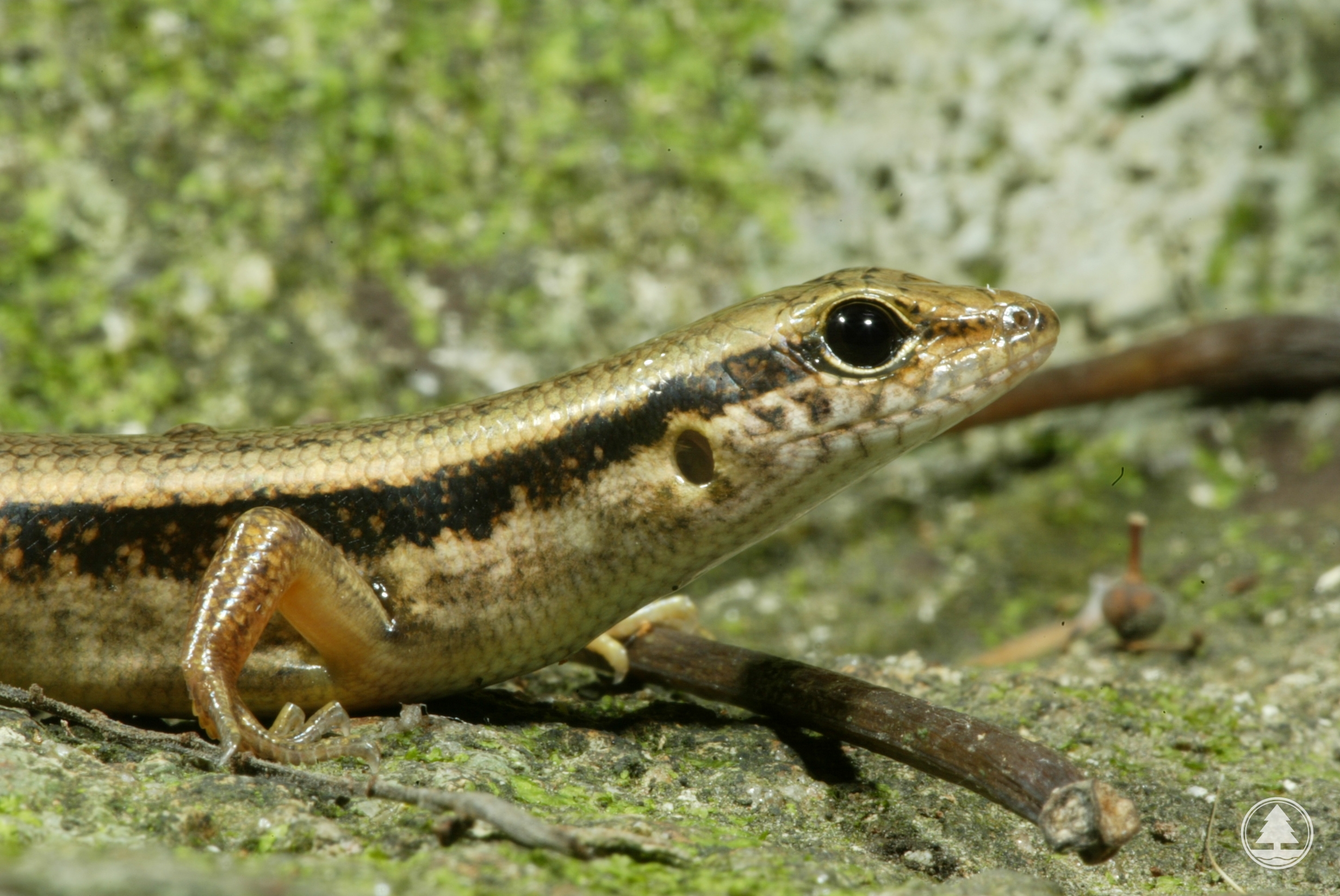Reptiles
|
Reptiles of Hong Kong Diversity of Hong Kong Reptiles Reptile Conservation in Hong Kong Observing Reptiles in the Wild Dos and Don'ts for Reptile Watching In evolutionary terms, reptiles were the first group of vertebrates that became truly capable of living on land. Compared with amphibians, reptiles developed various adaptations which greatly reduce their dependence on water. They possess dry, keratin scales for protecting their body from water loss; they have more advanced respiratory and blood circulatory systems which enable them to live a more active mode of terrestrial life; and their ability to undertake internal fertilization, and the development of leathery shells for protecting eggs from desiccation, offer them an additional reproductive advantage on land. Reptiles comprise members of distinctive morphology and life habits. They are classified under four orders: Testudines (Turtles and Tortoises), Squmata (Lizards and Snakes), Crocodylia (Crocodiles and Alligators) and Rhynchocephalia (Tuatara). In Hong Kong , members of the first two groups are represented, and the snakes and turtles comprise both terrestrial species and their marine counterparts (the sea snakes and sea turtles). Turtles Turtles are characterized by their outer hard, keratin shell that effectively protects the body against predators, although the Soft-shelled Turtles (family Trionychidae) have a soft shell adapted for life in water. Hong Kong has no true tortoises which have legs entirely adapted to walking on land. Apart from the five species of sea turtles (among which the Green Turtle, Chelonia mydas, would nest in Hong Kong), all other native turtles that occur in Hong Kong are semi-aquatic or aquatic species inhabiting freshwater streams and ponds.
Lizards Lizards are the largest group of reptiles in the world, with more than 3,000 species of which only two are venomous. In Hong Kong, the lizards are represented by members of six major families: geckoes (Gekkonidae), skinks (Scincidae), agamids (Agamidae), lacertids (Lacertidae), dibamids (Dibamidae) and monitor lizards (Varanidae). None of them are venomous. Different families represent members of different appearance and size, as well as in behaviour and habits. Geckoes are small lizards, with a depressed body and loose scaly skin. They are characterized by the presence of adhesive lamellae on the underside of each digit, which allow them to cling onto vertical surfaces, even smooth walls. All gecko species in Hong Kong are nocturnal, feeding mostly on insects active at night.
Skinks, on the other hand, are active by day, and are often seen foraging during the day. They have glossy, overlapping scales. Almost all species of skinks in Hong Kong are terrestrial in habit, except the Chinese Waterside Skink (Tropidophorus sinicus) that lives in mountain streams.
Agamids are small to medium-sized lizards, some of which live in woodland habitats. The only native agamid in Hong Kong is the Changeable Lizard (Calotes versicolor). It is characterized by a crest of enlarged scales down the dorsal surface of the neck and forepart of the body. A sun-loving species, it is often seen basking under the sun in open fields.
Lacertids are characterised by their long, slender body and prolonged tail. In Hong Kong, this family of lizards is represented only by the Grass Lizard (Takydromus sexlineatus ocellatus). It is easily distinguished by its elongated, slim body with strongly keeled scales. It prefers lowland areas with tall grass, and is often found in dry and open areas.
Dibamids are small, worm-like lizards that seem to have no legs. In fact, males possess a pair of degenerated hind limbs near the cloaca, seen as two flaps of tissue. Their eyes are also degenerated since they are adapted to a burrowing life. There is only one species of dibamid in Hong Kong, the endemic Bogadek's Burrowing Lizard (Dibamus bogadeki).
The Varanids or Monitor Lizards are the largest lizards, with a general body length of over 1m, and some species may grow up to 4m. They are powerful lizards with a broad diet, preying on large insects, crustaceans, birds and even small mammals. In addition to live prey, carrion is their favourite food too. The only wild monitor lizard that occurs in Hong Kong is the Common Water Monitor (Varanus salvator). This species is believed to have become locally extinct. However, there are still occasional sightings in the local countryside, but these are almost certainly released or escaped individuals from the wildlife trade.
Snakes To humans, snakes are probably the least popular group of vertebrates. Their secretive lifestyle and unpredictable behaviour often lead to a general feeling of hostility towards them. In fact, most snakes in Hong Kong are harmless and some do not even bite. Snakes constitute the largest group of reptiles in Hong Kong. They are characterized by an elongated, limbless body covered with overlapping scales. They have remarkably distensible jaws, which allow them to swallow prey of much larger size than their normal mouth size. In Hong Kong, there are 14 venomous land snake species including the well-known Bamboo Snake (Trimeresurus albolabris), among which 8 can inflict fatal bites, such as the Chinese Cobra (Naja atra) and Pointed-scale Pit Viper (Protobothrops mucrosquamatus). All of the sea snakes found in Hong Kong are highly venomous but they are rarely seen.
Diversity of Hong Kong ReptilesClick here to download the Checklist of Reptiles of Hong Kong. Hong Kong has a high diversity of reptiles: of the China native reptile species, about 20% can be found in Hong Kong. The reptiles in Hong Kong comprise 12 species of turtles (including five species of sea turtles), 26 species of lizards and 53 species of snakes (including 6 species of sea snakes). Among these, only Bogadek's Burrowing Lizard (Dibamus bogadeki), Hong Kong Tree Gecko (Hemiphyllodactylus hongkongensis) and Hong Kong Blind Snake (Indotyphlops lazelli) are endemic to Hong Kong. Compared with amphibians, the habitats of reptiles are more diverse as they have a much higher tolerance to desiccation (or drying out). Open shrublands, grasslands and even mangroves offer suitable habitats for some species, although many other species inhabit forests, streams and marshes. Some reptile species are widely distributed and abundant throughout Hong Kong. For instance, the Common Blind Snake (Indotyphlops braminus) occurs throughout the territory from natural hillsides to village settlements, where they usually hide underneath leaf litter or boulders. By contrast, the Mangrove Water Snake (Myrrophis bennettii) is strictly associated with mangroves and mudflat. However, some species are difficult to find in the wild despite their wide distribution. An example is the Burmese Python (Python bivittatus), which has been recorded throughout the territory yet sightings of this species are quite rare. A few species are confined to a single or few localities, such as the Mountain Keelback (Hebius atemporale).
Reptile Conservation in Hong KongA number of factors threaten the survival of reptiles in Hong Kong. Many species of turtles and snakes are regarded as delicacy, and some have long been used for Chinese medicine. This has led to over-hunting of some species, resulting in the drastic decline in their wild populations. A prominent example is the Three-banded Box Turtle (Cuora trifasciata), which is highly prized and so has been subject of serious illegal trapping. The flourishing pet trade in Hong Kong has resulted in the introduction of many exotic species into the countryside through escaped or deliberately released individuals. These introduced species often compete with the native species, depriving them of their natural food sources and habitats, and driving some of the native species to the verge of extinction. The Red-eared Slider (Trachemys scripta elegans), a popular pet turtle introduced from North America, is an obvious example threatening the survival of the native freshwater turtles. Continued development in the low lying areas has also destroyed large areas of habitats, home to many reptile species. Regarding species conservation, Fellowes et al. (2002) identified 41 species of Hong Kong reptiles to be of conservation concern, either on a local, regional or global scale. The Herpetofauna Working Group (HWG) of the Agriculture, Fisheries and Conservation Department (AFCD) reviewed the conservation status of these species, taking into account latest results of a territory-wide baseline survey undertaken by the department since 2002 and consultation with local herpetologists. With more up-to-date information indicating that many species were under-recorded in the past, the review has revised the list of species of conservation concern. Some examples of the species considered of conservation concern are given below: Three-banded Box Turtle (Cuora trifasciata) The Three-banded Box Turtle is listed as Critically Endangered in the IUCN Red List of Threatened Species. Illegal hunting of this species for the food market and pet trade have drastically reduced the number of individuals in the wild. Today this species is very rare in Hong Kong. Green Turtle (Chelonia mydas) The Green Turtle is widely distributed throughout the world's temperate and tropical seas, and is currently listed as Endangered in the IUCN Red List of Threatened Species. It is occasionally seen in the southern and eastern Hong Kong waters. Sham Wan on Lamma Island is known to be a nesting site for a small population of Green Turtles. Bogadek's Burrowing Lizard (Dibamus bogadeki) Bogadek's Burrowing Lizard is a reptile species endemic to Hong Kong, and it is listed as Endangered in IUCN Red List of Threatened Species. It is known to live in soil and feed on small insects like termites. The lizard is known to occur on three islands (Sunshine Island, Shek Kwu Chau and Hei Ling Chau), and so far little is known about its behaviour and habitat requirement. Conservation MeasuresThe Burmese Python and all species of native turtles are protected species listed under the Cap.170 Wild Animals Protection Ordinance. Under this Ordinance, it is an offence to collect or disturb the animals or their eggs. The local reptiles are well represented, either exclusively or partially, inside the existing protected areas such as Country Parks, Special Areas, Sites of Special Scientific Interest (SSSI) and Restricted Areas. These protected areas have included some of the important sites for local reptiles, thus safeguarding these sites against development. For example, the Green Turtle's nesting site at Sham Wan is protected by designation as a Restricted Area to prohibit unauthorized entry during the breeding season. Designation of the Sham Wan SSSI in 1999 gave further protection to the Green Turtle's important breeding habitats, from incompatible development. Various conservation measures have been put in place by AFCD, as part of the Hong Kong Green Turtle Conservation Program. The measures include regular warden patrols, studies, management of the nesting site, artificial incubation, cooperation with various relevant parties, and public education about turtle conservation. Moreover, Three-banded Box Turtle (Cuora trifasciata) and Big-headed Turtle (Platysternon megacephalum) are listed in the Appendixes of CITES and to this effect, the Protection of Endangered Species of Animals and Plants Ordinance, Cap. 586 was enacted to control the import, export and/or possession of the turtle locally. To tackle the illegal turtle trapping activities common in recent years, patrol of trapping black spots has been stepped up and the hunting pressure on freshwater turtles has thus been greatly reduced. For enhancing the conservation of Three-banded Box Turtle, AFCD has formulated a species action plan and carried out a captive-breeding programme for the species in collaboration with Kadoorie Farm and Botanic Garden. Public education also plays an important role in conservation. In this regard, a booklet on the Green Turtle of Hong Kong was published to provide the public with better knowledge of this species. The book also contains information of other native and exotic turtle species.
Observing Reptiles in the WildReptiles are very difficult to observe, because of their good camouflage and mostly nocturnal habits. Among all reptiles, lizards are relatively easier to observe as they often bask in the sun in warm days, especially at dawn and dusk. Keen eyes that are alert to movement are important for spotting moving reptiles, and this needs experience. Sound is also a good indicator of the presence of lizards and snakes, as they can be heard slithering off the trail. Summer is the best season to observe reptiles, as they are more active in higher ambient temperature. In winter, most of the local reptiles become inactive when they can be found hiding among rocks, crevices and bushes. Nocturnal species such as geckoes can be found crawling on sun-facing walls to absorb the heat to warm up their body at night. They also prefer places with light, as this attracts insects. Tai Po Kau Nature Reserve is a reptile hotspot. Some common species such as the Indian Forest Skink (Sphenomorphus indicus), Chinese Waterside Skink (Tropidophorus sinicus) and Mock Viper (Psammodynastes pulverulentus) etc., are abundant there and can easily be seen if you keep your eyes on the trail or stream sides.
Dos and Don'ts for Reptile Watching
ReferencesHill, D.S. and Philips, K. (1981). A Colour Guide to Hong Kong Animals. Hong Kong: Government Printer. Karsen, S.J., Lau, M.W.N. and Bogadek, A. (1998). Hong Kong Amphibians and Reptiles (2nd Edition). Hong Kong: A Provisional Urban Council Publication. Zhao, E. and Adler, K. (1993). Herpetology of China. Oxford (Ohio): Society for the Study of Amphibians and Reptiles in Cooperation with Chinese Society for the Study of Amphibians and Reptiles. 中 國 野 生 動 物 保 護 協 會 (2002) 。《 中 國 爬 行 動 物 圖 鑒 》。河 南 : 河 南 科 學 技 術 出 版 社 。 張 孟 聞 、 宗 愉 、 馬 積 藩 (1998) 。《 中 國 動 物 志 - 爬 行 綱 第 一 卷 總 論 龜 鱉 目 鱷 形 目 》。 北 京 : 科 學 出 版 社 。 趙 爾 宓 (1998) 。《 中 國 瀕 危 動 物 紅 皮 書 - 兩 棲 類 及 爬 行 類 》。 北 京 : 科 學 出 版 社 。 |
||||||||||||||||||||||||
![]()
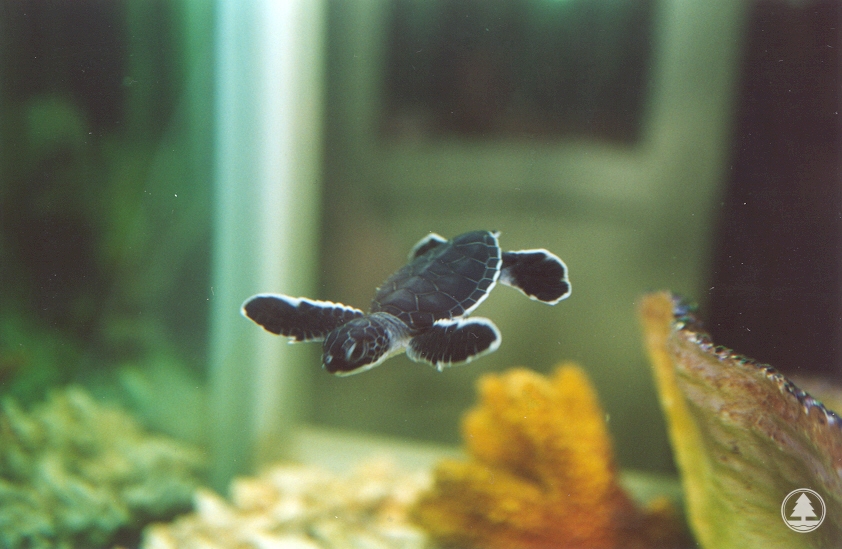
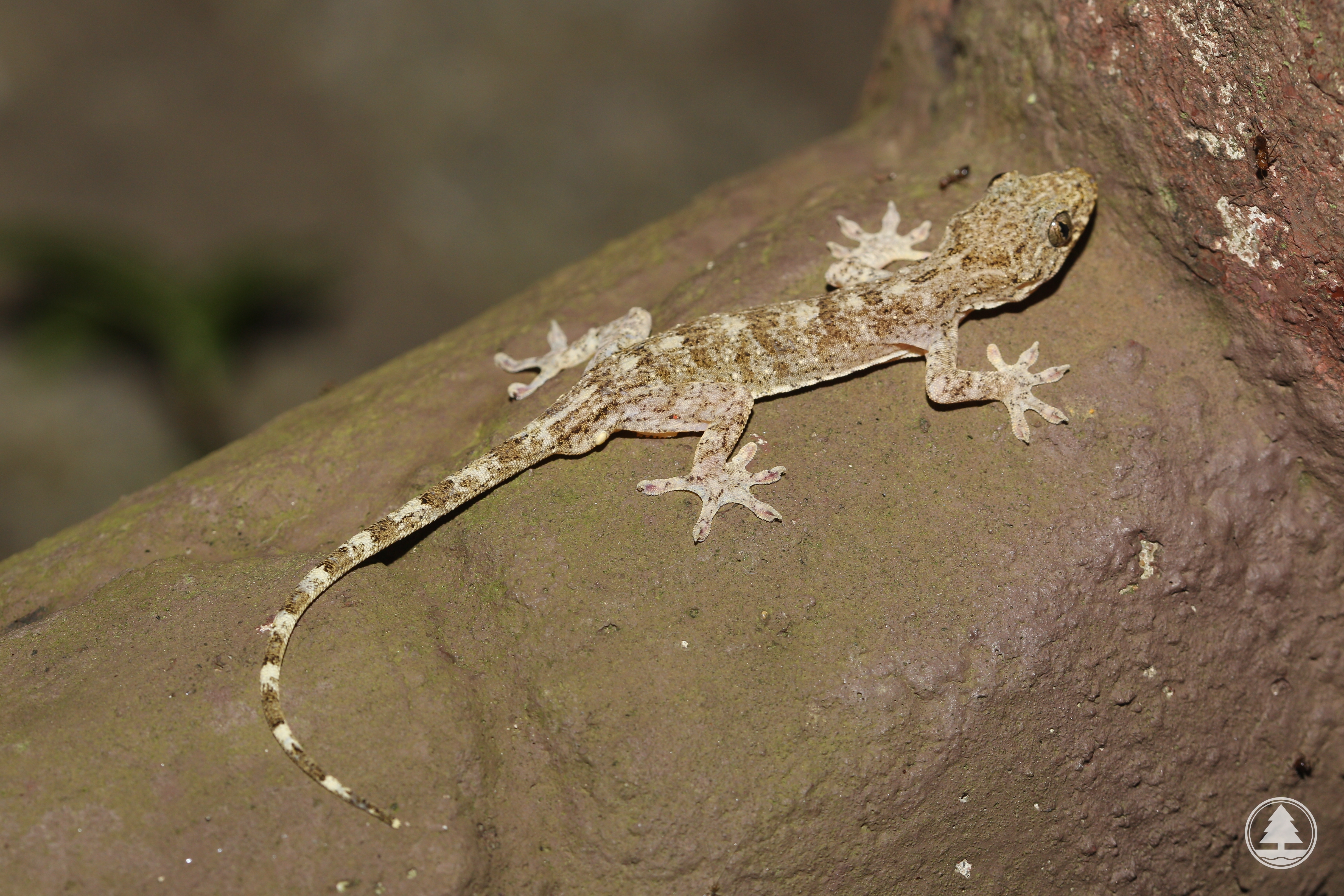
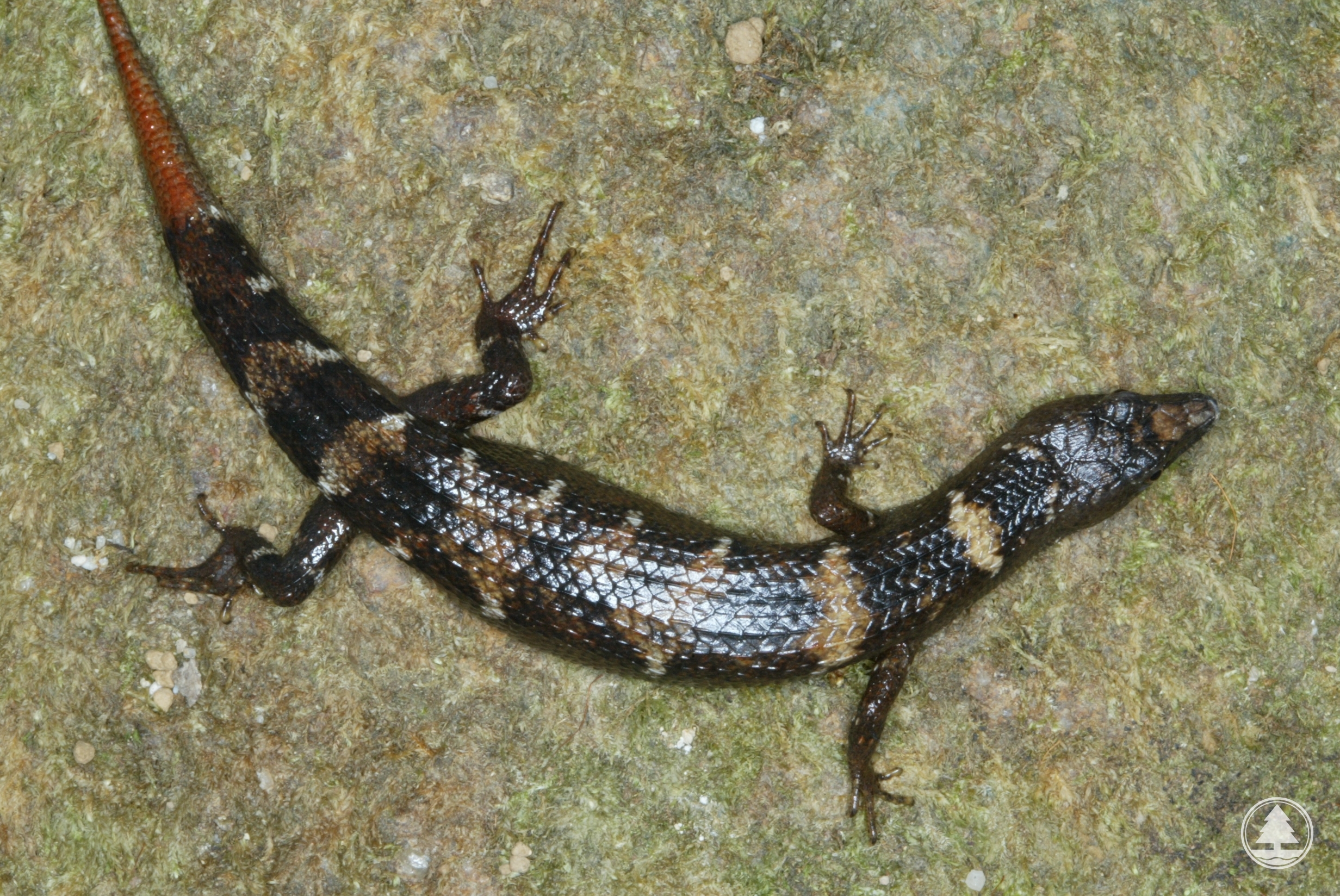
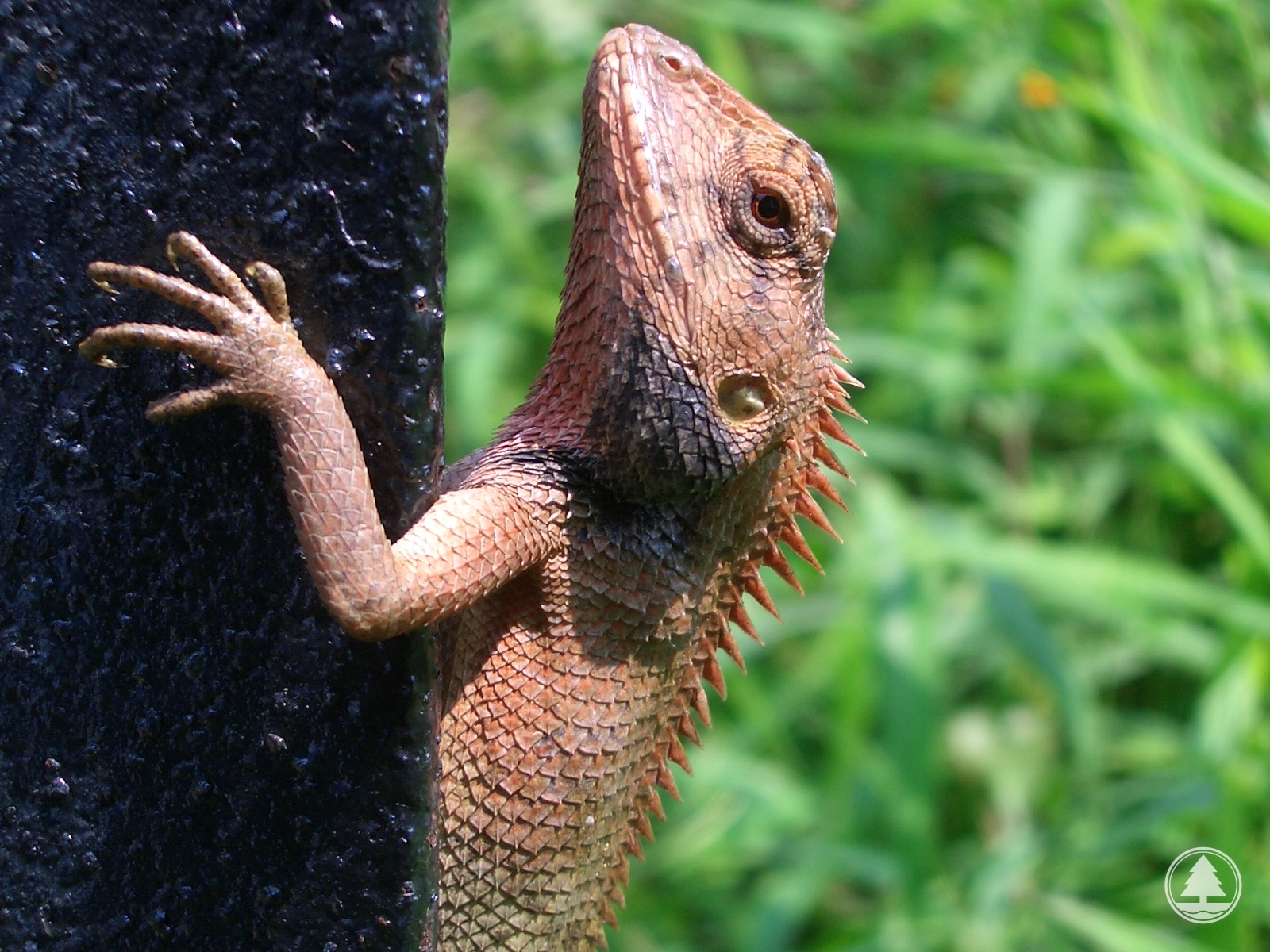
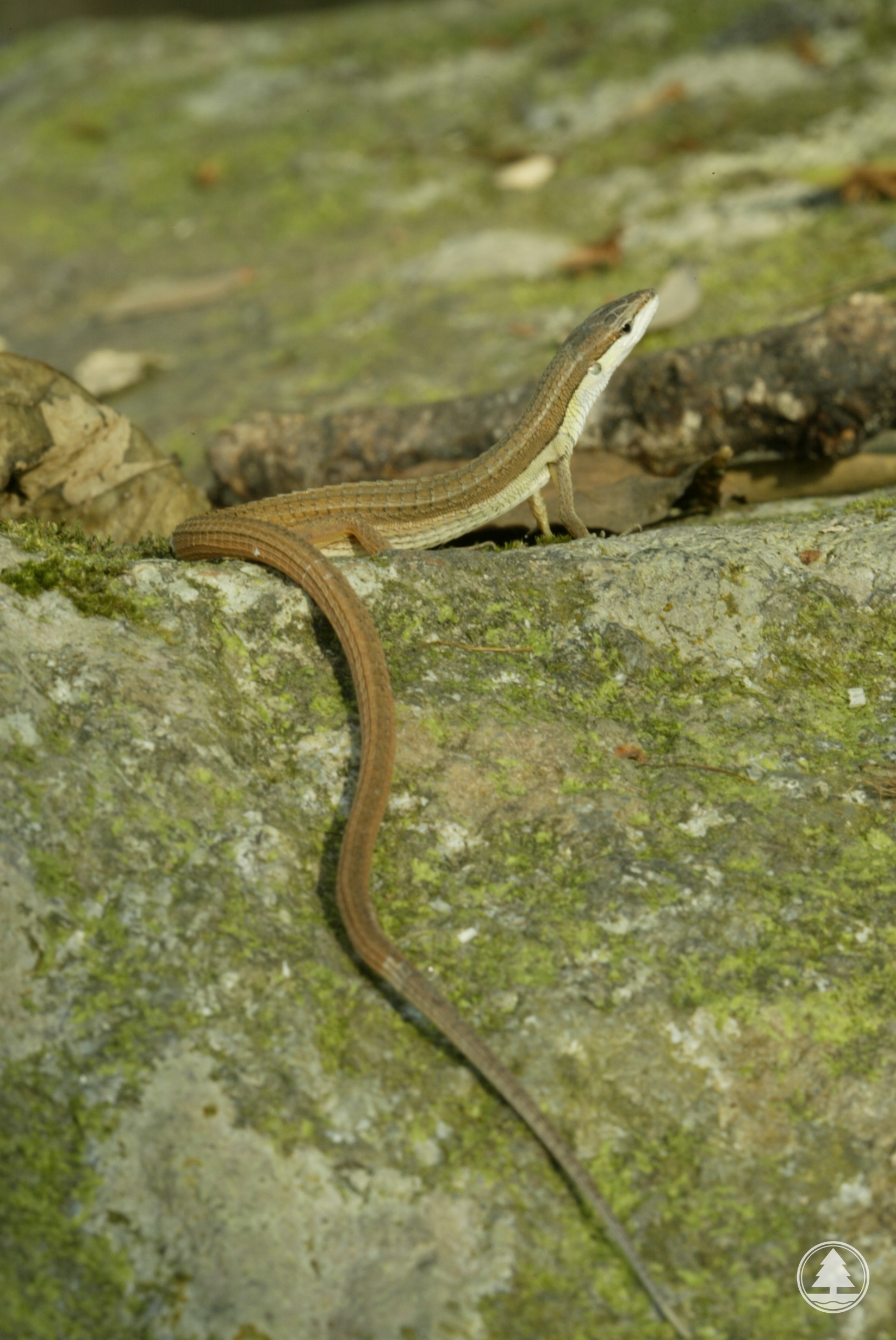
.jpg)
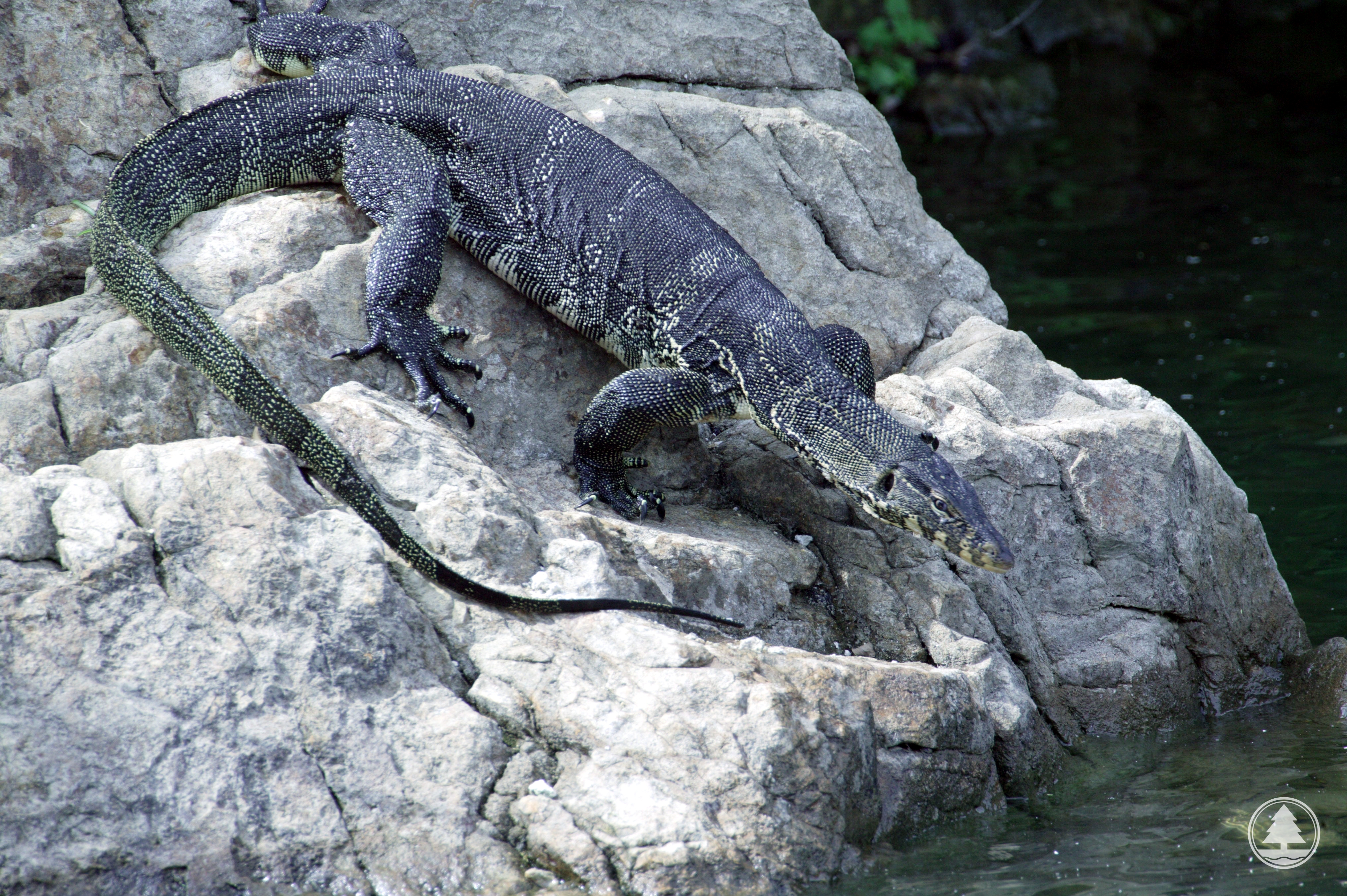
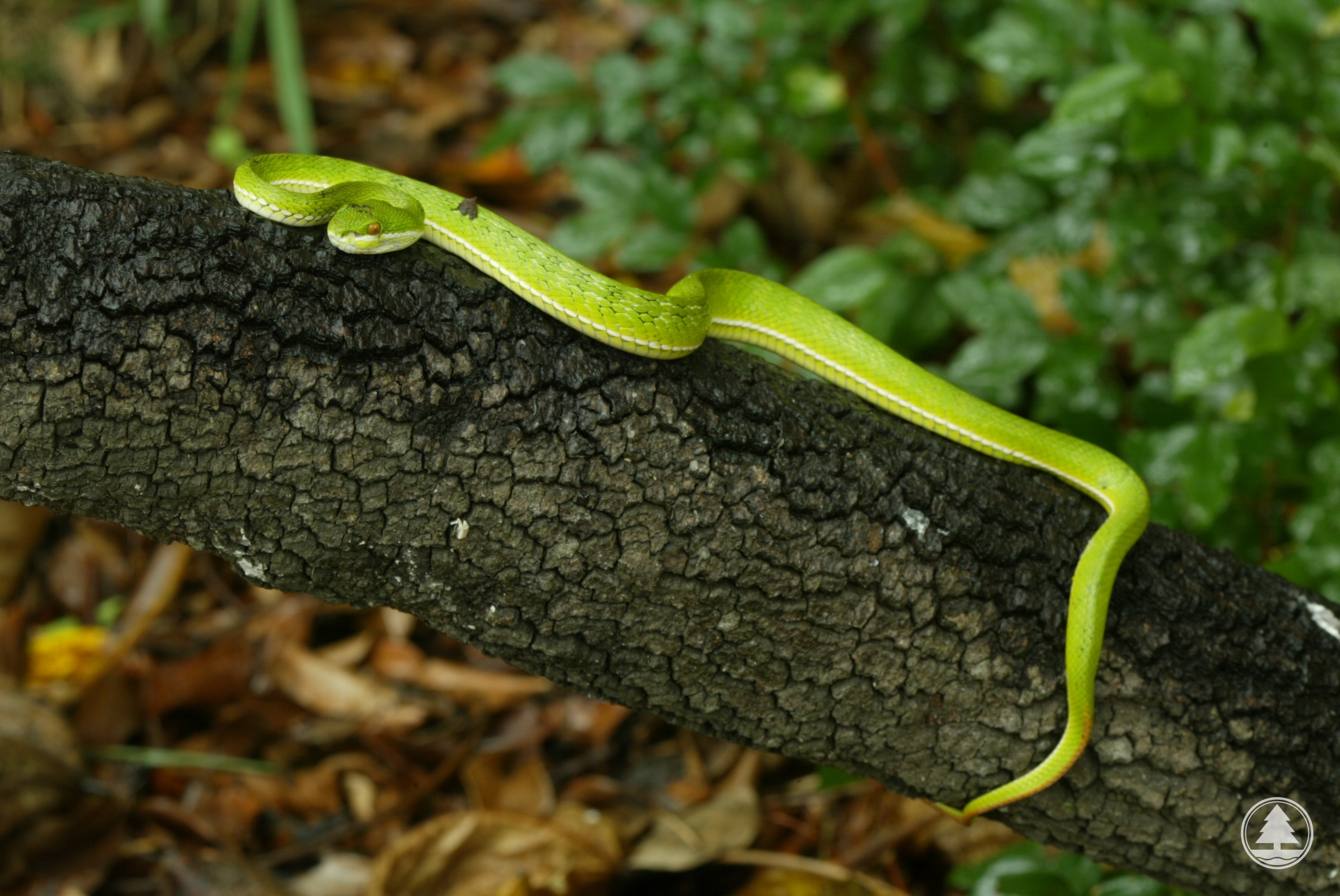
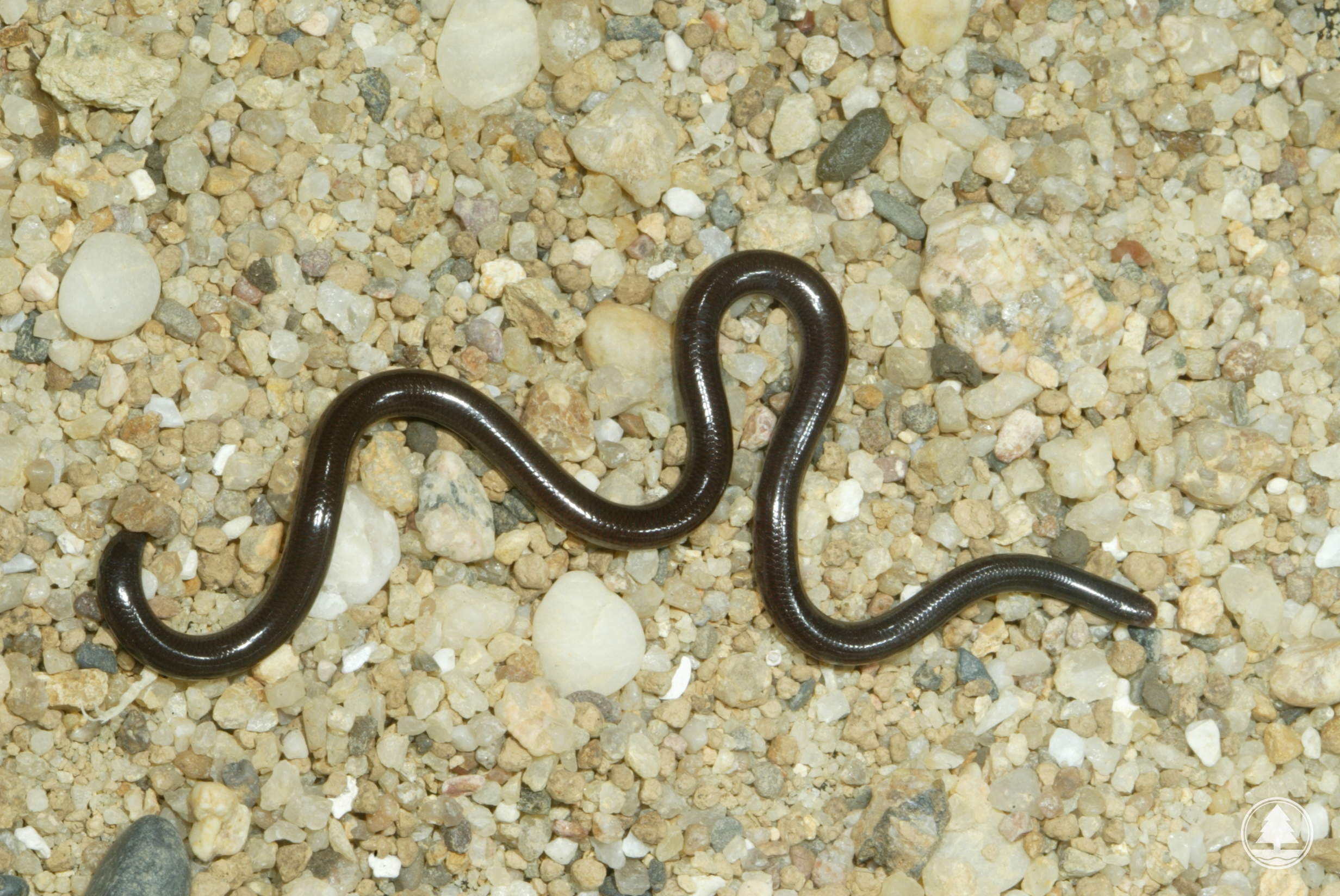

2.jpg)
